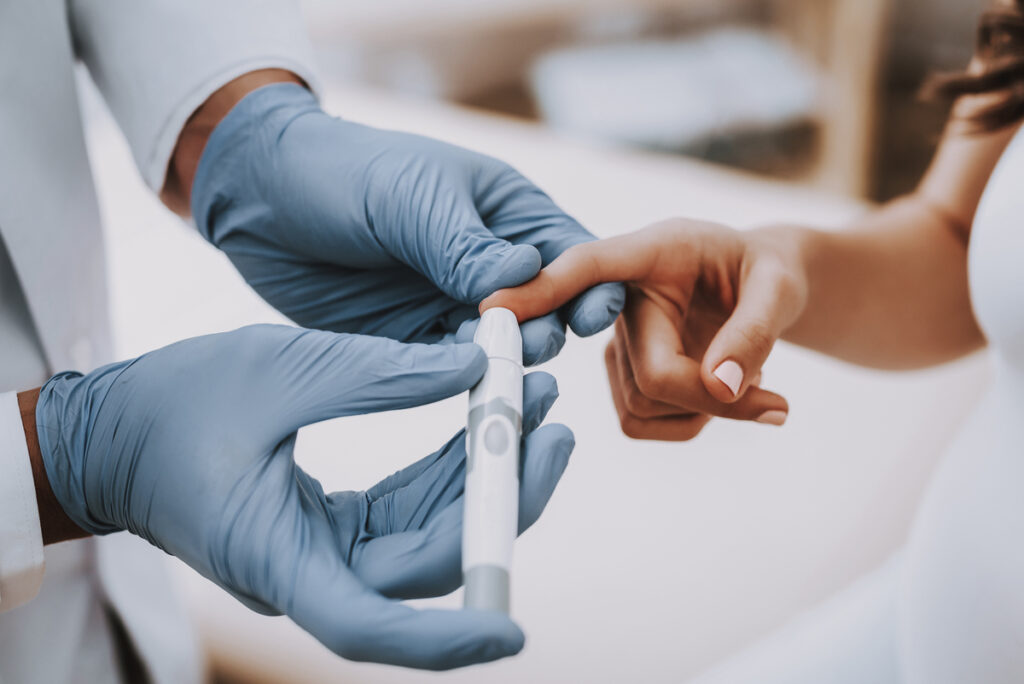A common reaction I get to people finding out that I’m a type 1 diabetic is a nodding of their heads and comments about how their grandparents share my ailment. I smile knowingly, often underpinning the significance of this disease which has affected so many. Type 1 Diabetes Mellitus is a disease in which individuals, typically adolescents, lose the ability to produce insulin and require an artificial version of the hormone to balance the sugar in their blood.
It may sound simple, but the physical reality of having to manually control your blood glucose is a constant challenge, often having a deep impact on one’s mental state. Almost 1.9 million Americans deal with this daily, and without artificial insulin production, the outcome would be fatal.
News of America’s unsustainable relationship with medical, and specifically diabetes related, pricing has led to public outrage several times. Young people have already died due to the high cost of the medication. Alec Smith, a 27 year old from Minnesota, passed away after not taking insulin for three weeks. He had recently aged out of his mom’s health insurance and couldn’t afford the estimated $1,300 monthly costs for his supplies. Karisa Hunt had to pay for an inferior, but affordable, insulin from Walmart due to her high health insurance copay. Colorado’s state government saved her from worse control and long term complications in 2019, by capping the state’s insulin copay cost at $100. Thankfully 22 states have, to date, set maximum monthly copayments for diabetes supplies, making the life-saving drugs available at reasonable prices.
This unfortunately means a majority of U.S. states continue to fail their citizens by not guaranteeing a right to fairly priced insulin supplies. In addition, these copay maximums are only helpful to individuals with some form of health insurance. The average U.S. price of an insulin vial is $98.70, with costs to produce the drug being an estimated $3-6. It has become clear that pharmaceutical companies who produce insulin such as Eli Lilly, Novo Nordisk and Sanofi, have taken advantage of their product’s essential relationship to customers. Such a dysfunctional U.S. market for what should be a universally affordable drug begs the question; what does insulin pricing look like around the world?
RAND conducted a study at the behest of the U.S. Department of Health and Human Services analyzing how prices for insulin compare around the world. The numbers are staggering; America vastly exceeds our closest competitor in the average price of an insulin vial, with the U.S. average being $98.70 compared to the world’s second most expensive nation being Chile with a price of $21.40. How can the U.S. wield the highest average prices of insulin globally by a factor of 5 when it arguably has the most negotiating power with pharmaceutical companies? The answer lives within our healthcare system, which more and more Americans acknowledge is broken for us all.
As a type 1 diabetic, it’s difficult to see the U.S. government fail people just like me, who can’t afford a drug that I’d perish without after just a couple of weeks. The answer to my disease is simple and yet has been made artificially complex due to pharmaceutical greed and governmental incompetence, or corruption depending how you see it. It’s hard not to look around the world and wonder why a global superpower can’t guarantee its citizens something which comparable peer countries already do. I’m fortunate to have health insurance, and parents who do whatever it takes to make sure that I’m never forced to ration my insulin. That isn’t everyone’s situation, and what serves as a sometimes frustrating disability in my life has consumed the lives of too many already.
The scientists who created insulin, Sir Frederick G Banting, Charles H Best and JJR Macleod, famously sold their patents to the University of Toronto for $1 each. Banting declared, “Insulin does not belong to me, it belongs to the world.” This magnanimous sentiment has been long forgotten in a country where families shell out untold sums to keep their children healthy. We cannot allow corporate greed to dictate the well-being of vulnerable people. Pressure placed on pharmaceutical giants has already made promising headways. Eli Lilly recently announced a price decrease on the company’s most popular insulin products by 70% and capped out-of-pocket costs at $35 a month. Now it is up to the public and lawmakers to demand the same from Novo Nordisk and Sanofi, which, along with Eli Lilly, account for 90% of the U.S. insulin market.
Insulin was created to save lives, not make money. Until we recognize and address the problems in America’s healthcare system, those most at risk from this survivable disease will continue to suffer.







